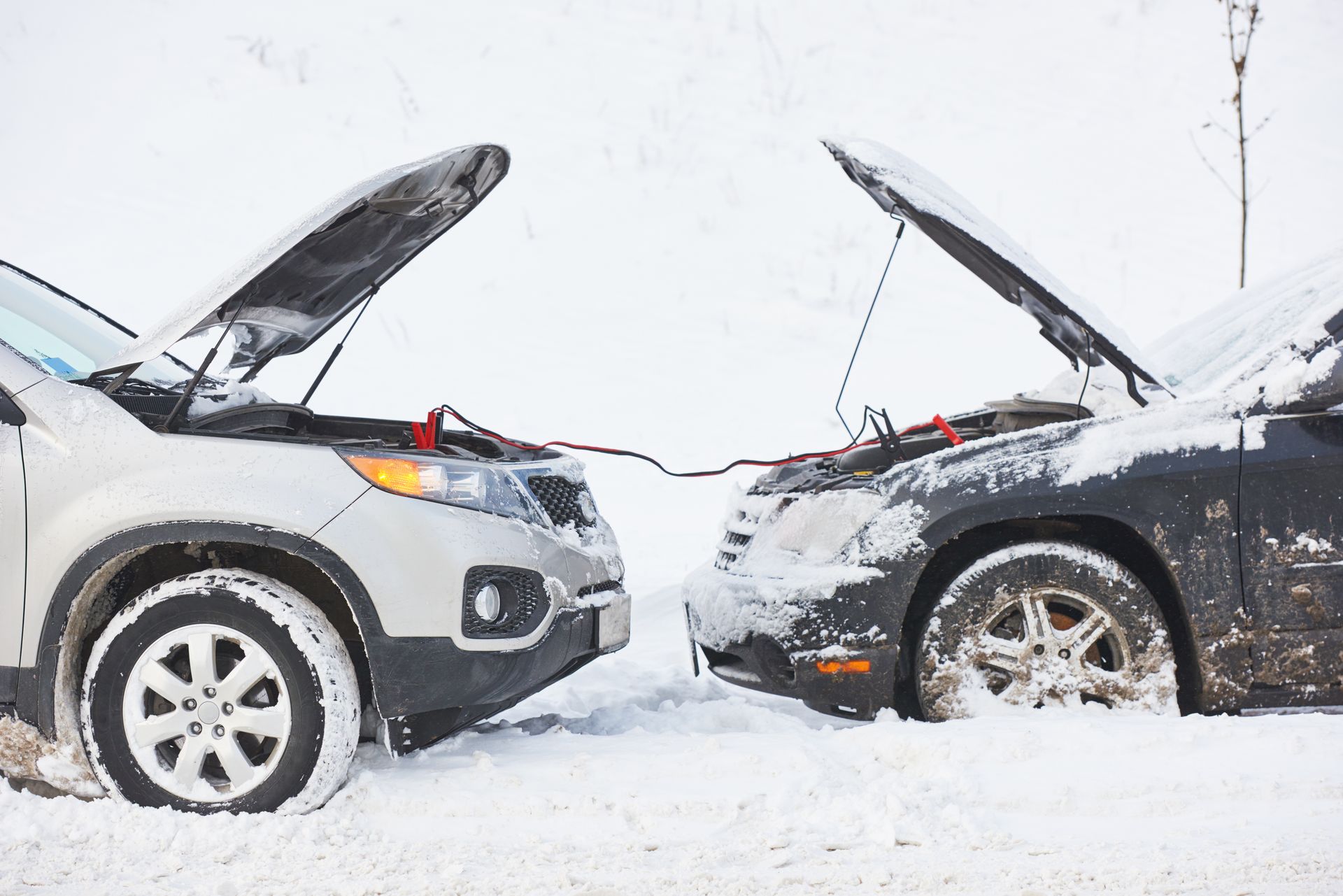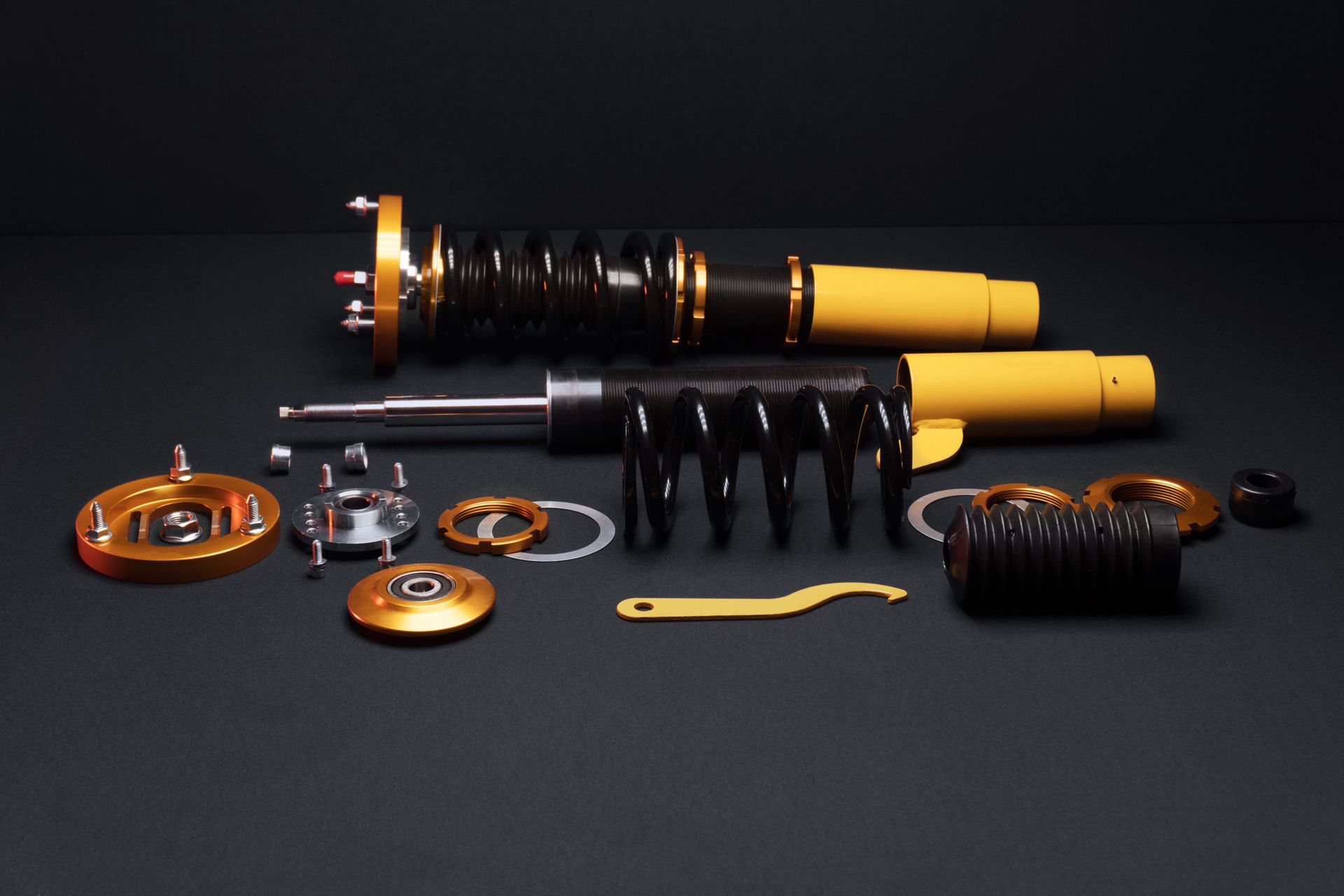Vermont winter driving asks a lot from your brakes. Cold temperatures, wet roads, salt, and packed snow increase stopping distances and make small brake issues feel bigger. The most reliable way to stay calm on icy mornings is to ensure your braking system is in good working condition before the first storm and to maintain it throughout the season.
Regular service does more than stop squeaks. It protects parts from corrosion, keeps the pedal feel consistent, and helps anti-lock braking work as designed.
Why Winter Magnifies Small Brake Problems
Cold air thickens fluids, and road spray coats parts with slush and salt. If slide pins are dry, calipers cannot move freely, and the pads do not clamp evenly. That shows up as a pull during stops or a pad that drags and overheats. Moisture in old brake fluid lowers its boiling point and encourages internal corrosion, so downhill braking into town can feel spongy after a few hard applications.
Routine inspections and timely fluid exchanges prevent these winter stress points from piling up on the same day.
Pads, Rotors, and Even Contact Matter More on Slick Roads
The tire and the road decide the final grip, but even braking force helps the tires use what grip they have. Worn or glazed pads and rotors with uneven thickness create pulses in the pedal. On ice, that pulsing can upset weight transfer and lengthen stops. Fresh, bedded pads and rotors with a correct surface finish provide the ABS with a stable platform, allowing it to cycle smoothly without harsh vibration.
The result is steadier deceleration and a steering wheel that stays calm while you focus on the lane.
ABS and Stability Control Work Best with Healthy Hardware
Electronic assists do not generate friction; they manage it. Anti-lock braking needs consistent hydraulic pressure and accurate wheel speed readings. If a wheel speed sensor is rusty or the tone ring is cracked, the system can misread a skid and pulse at the wrong moment. A seasonal check catches damaged harnesses, corroded connectors, and debris packed around sensors from gravel roads.
When the system sees clean signals and the hydraulics respond quickly, you feel shorter, straighter stops without drama.
Brake Fluid Service: Small Investment, Big Winter Benefit
Brake fluid absorbs moisture over time. In summer, you may not notice the difference, but in January, that moisture can boil during repeated braking or freeze around caliper pistons after a night outside. Either scenario hurts pedal feel. A complete fluid exchange replaces the old fluid with fresh, dry fluid that resists fade, protects internal passages, and keeps seals happy.
Pairing a fluid service with pad and rotor work gives you a clean baseline for the season.
Salt, Corrosion, and the Case for Cleaning and Lubrication
Road salt saves lives on steep, shaded hills, but it is hard on brakes. It creeps into pad brackets and builds a crust that locks pads in place. The pad then wears in a taper, and the brakes grow noisy. Regular winter maintenance includes removing the pads, cleaning bracket channels, replacing tired hardware, and lubricating slides with the correct high-temperature brake grease.
This basic housekeeping step prevents uneven wear and restores quiet operation that lasts beyond the next snowstorm.
A Quick Winter Brake Checklist You Can Use
- Pedal feel firm and consistent, no sinking at long lights
- No warning lights for ABS or stability control
- Even pad thickness on both sides of each rotor
- Smooth rotor surfaces with no deep grooves or blue heat spots
- Clean, lubricated slide pins and fresh anti-rattle clips
- Brake fluid clear and within specification
If any box is unchecked, a short visit now is much better than a tow later.
How Regular Service Reduces Stress Behind the Wheel
Confidence matters when roads are patchy and visibility changes by the mile. A quiet, firm pedal and a car that stops straight reduce mental load on long drives to the mountain or early morning commutes on Route 5. You spend less time guessing whether a noise is harmless and more time looking ahead.
Regular service also cuts down on last-minute emergencies, since worn pads, stuck slides, and old fluid are found and fixed on your schedule, not on the shoulder during sleet.
What to Expect During a Professional Winter Brake Visit
A thorough visit starts with a road test to feel pulsation, pulling, or noise. With the wheels off, the technician measures pad thickness, rotor runout, and rotor thickness variation. Caliper slides are removed, cleaned, and relubricated, hoses are checked for cracking or swelling, and the condition of the fluid is verified.
If rotors need replacement, the new parts are matched to the vehicle’s weight and intended use, not just the lowest price. After reassembly, the brakes are bedded properly so the first snowy stop feels predictable rather than grabby.
Drive Winter Roads with Confidence at Burke View Garage in Lyndonville, VT
If you want shorter, straighter, quieter stops this winter, we can help. Our team inspects pads and rotors, services slide pins and hardware, tests ABS sensors, and exchanges brake fluid to restore consistent pedal feel.
Schedule a visit with
Burke View Garage in Lyndonville, VT, and we will prepare your braking system for Vermont’s toughest months so every cold morning drive feels safer and less stressful.






